When you think about the construction industry, you probably picture a hard hat, formally known as a Type I Hard Hat. Originally created for miners, they were inspired by helmets worn in World War I. Since their introduction to construction in the 1930s via highly impactful projects like The Hoover Dam and The Golden Gate Bridge, they’ve become iconic in our industry––not to mention a critical factor in keeping workers safe.
Until recently, Type I Hard Hats have remained the prevailing standard for head protection in construction. But now, technology’s evolved––and research is proving that it’s time for head protection to follow suit. We talked with Rob Matuga, Executive Director of the Job-Site Safety Institute; Ed Protzman, a Senior Risk Management Consultant at Builders Mutual; and Alex Albert, Ph.D., an Associate Professor at the Department of Civil, Construction, and Environmental Engineering at NC State University to talk through the reasons for swapping our Type I Hard Hats for something that’s proven more durable and dependable, from all angles: Type II Safety Helmets.
The Problem: Type I Hard Hats Insufficient Against Traumatic Brain Injuries
Traumatic brain injuries (TBIs) are a serious, everyday risk on construction sites, with significant fatalities and injuries occurring each year. According to the U.S. Bureau of Labor Statistics, 2,297 fatal intracranial injuries were reported between 2015-2022.
So what about Type I Hard Hats isn’t working? Hard hats were originally designed to protect workers from vertical impacts due to falling objects, but that’s not all workers need protection against. In fact, many of the reported injuries are the direct result of falls, struck-by incidents, and slips, which are all situations where lateral, rotational, and angular impact are likely.
With construction demands growing more dynamic than ever, the need for technologically advanced, more robust protection is no longer a nice-to-have. It’s an urgent must-have.
The Research: Improving Safety With Type II Safety Helmets
Today, better protection is possible––not to mention already proven and readily available for construction employers. Type II Safety Helmets were inspired by rock climbing and mountain biking helmets, which are designed to protect adventurers from all kinds of twists, turns, falls, and debris. In the construction industry, they’re on track to minimize the number of traumatic brain injuries each year through more holistic head protection thanks to design factors such as:
1. Top-down and lateral protection: Type I Hard Hats only offer top-down protection, leaving workers vulnerable to head injuries from falls, slips, trips, and being hit by equipment or debris. Type II Safety Helmets protect workers from both vertical and lateral threats, ensuring better defense in case of:
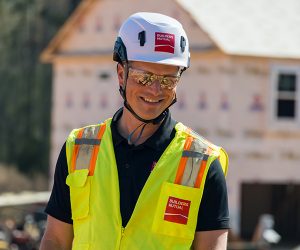
- Head injuries when workers fall (from ladders, scaffolds, and rooftops) backward, forward, or sideways
- Struck-by incidents, such as accidental head contact with moving machinery, swinging beams, or overhead loads
- Struck-against incidents from low-hanging pipes, scaffolding, or overhead obstacles
2. Added chin strap security: A Type I Hard Hat does not feature a retention system, making it vulnerable to falling off during moments of impact or falls. Type II Safety Helmets generally have a chin strap, providing extra reassurance that workers will maintain protection when it matters most.
3. Enhanced comfort: Modern Type II Safety Helmets are often engineered for both comfort and safety with improved padding, ventilation, and an adjustable fit system.
The Solution: Making the Switch From Type I Hard Hats to Type II Safety Helmets
JSI is a 501(c)(3) nonprofit organization started by Builders Mutual, on a mission to make sure every construction worker goes home safely to their family every day. Recently, JSI conducted research to investigate why more contractors aren’t adapting to Type II Safety Helmets despite the overwhelming evidence that they reduce some of the most detrimental risks of the job.
A common concern is that Type II Safety Helmets cost roughly $50-$100 more per helmet. But when you’re preventing life-altering head injuries that can cost more than $100,000, their value is clear. Would you rather wear a helmet that you can trust to stay on and protect you fully or take the risk of working with sub-optimal equipment?
When presented with the facts of what improved protection really means, most workers are willing to try a Type II Safety Helmet and eventually make the switch.
At Builders Mutual, we’re dedicated to advancing the needs of the contractor community. And there’s few greater needs than setting high safety standards.
As you strive to help your employees stay as safe as possible, we’re here to help. Contact your Risk Management Consultant today to arrange a Type II Safety Helmet demo and learn more about how to best protect your people, day in and day out.
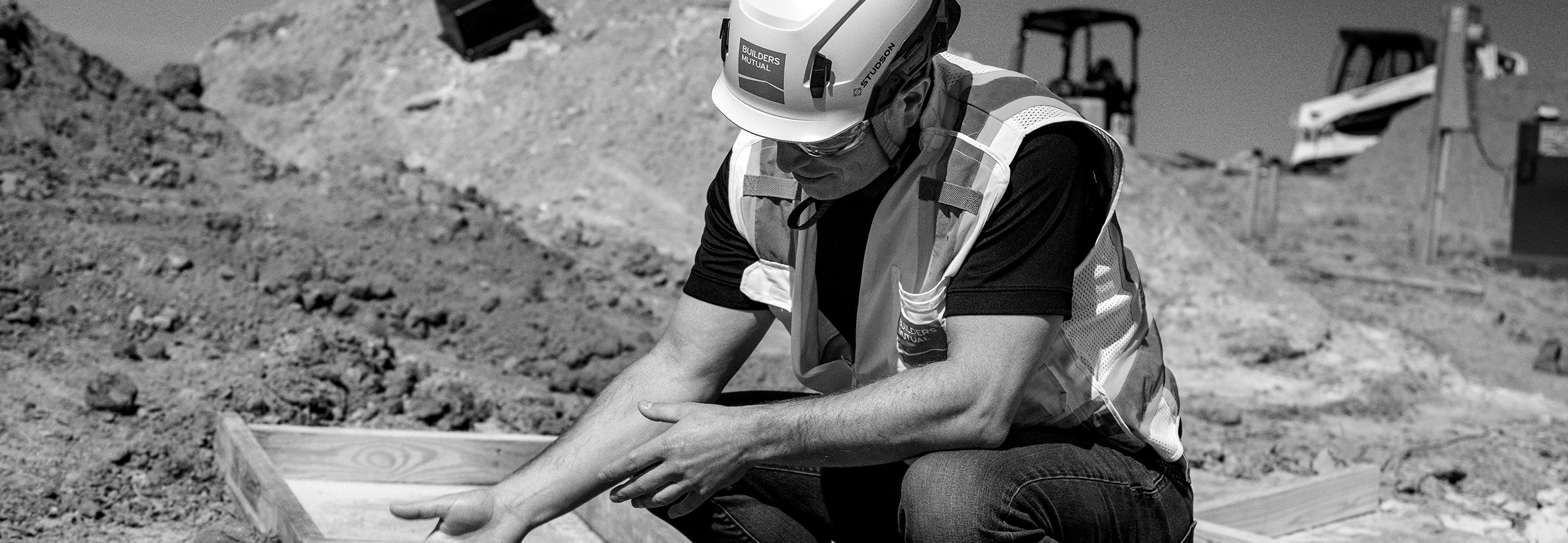
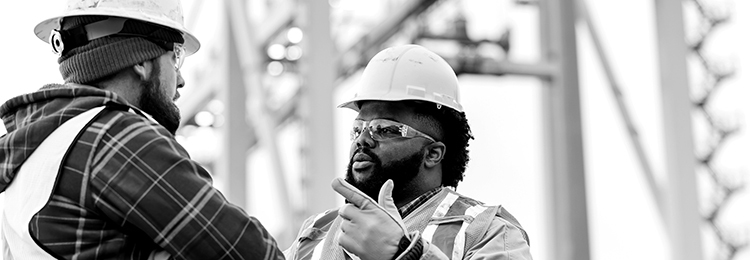
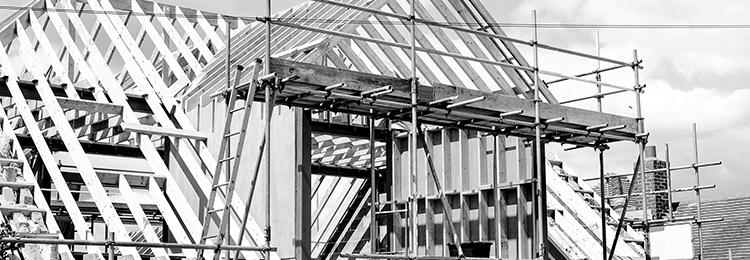
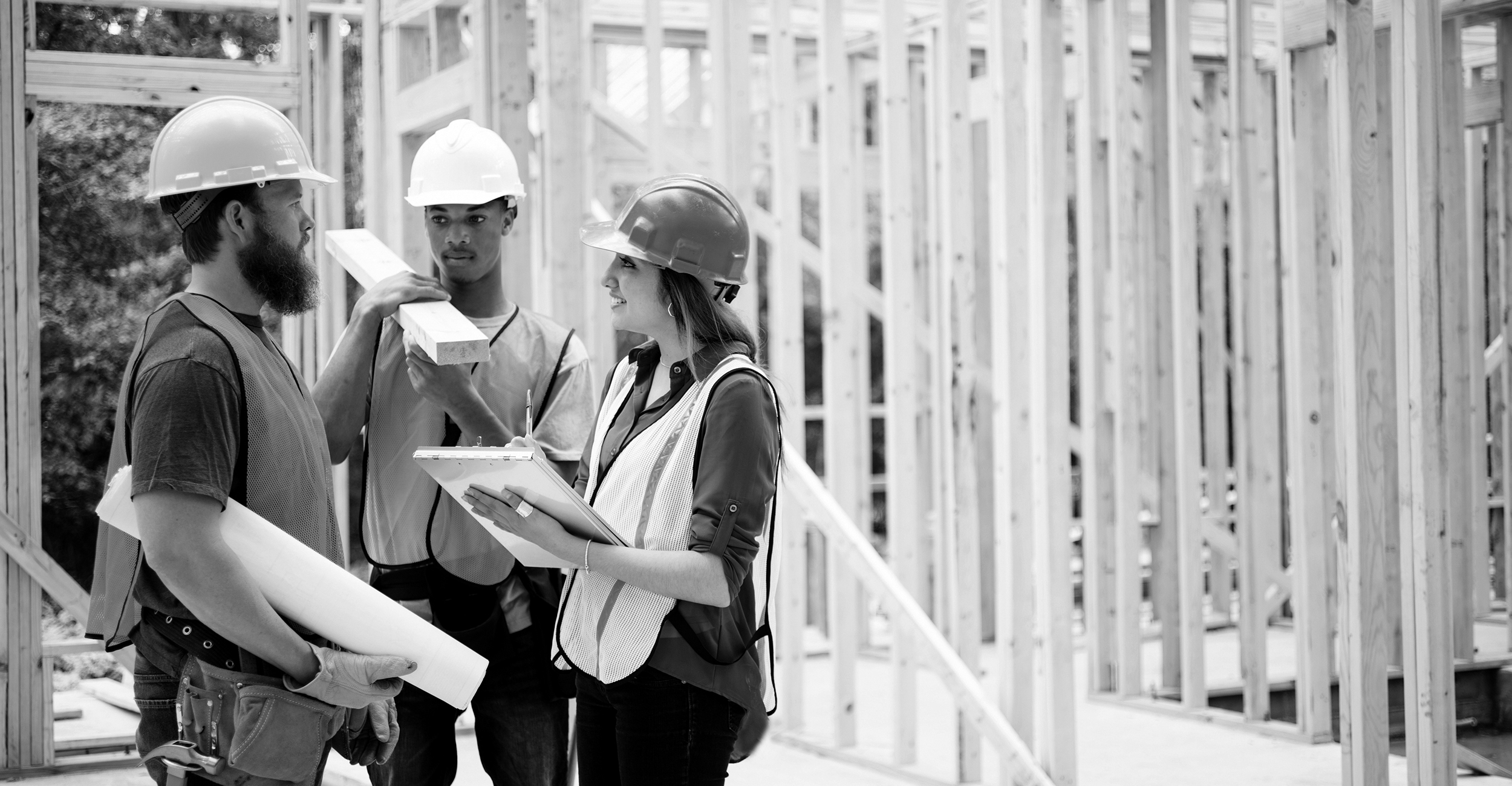
 Find an
Find an